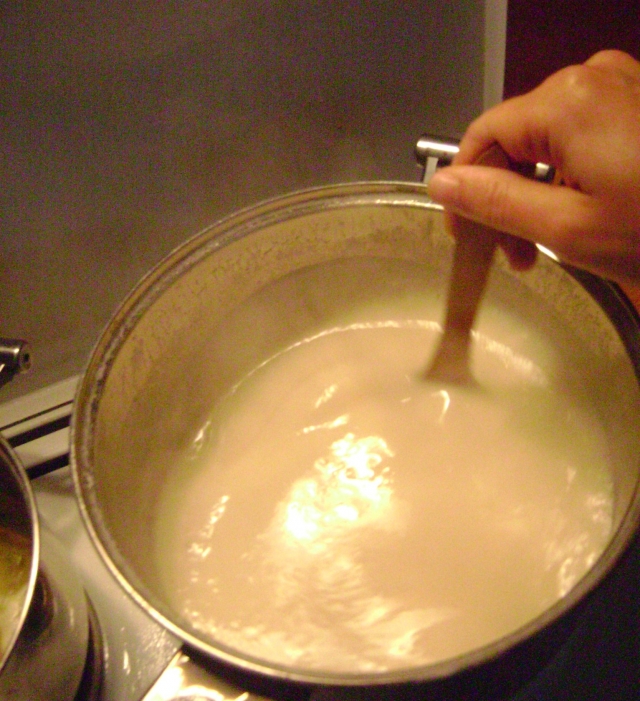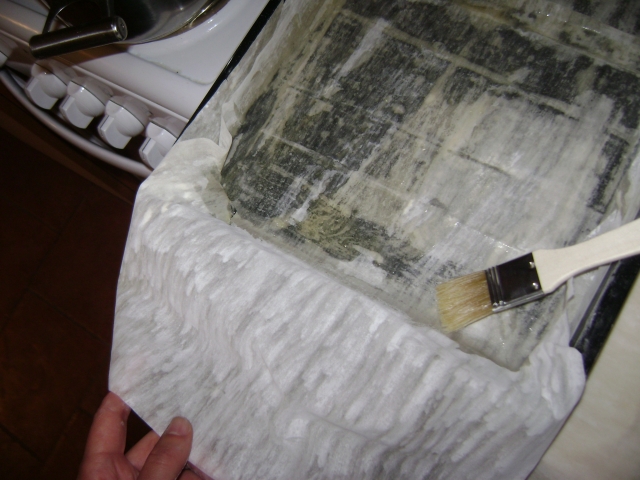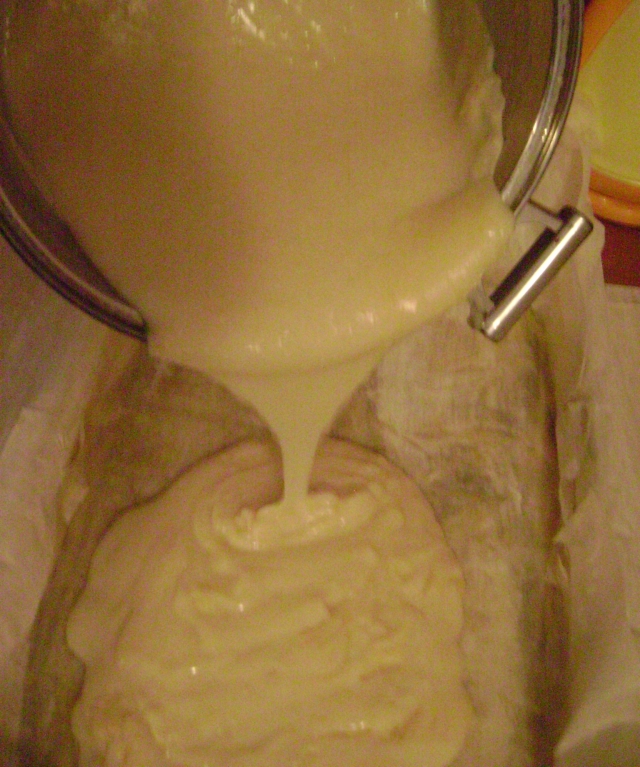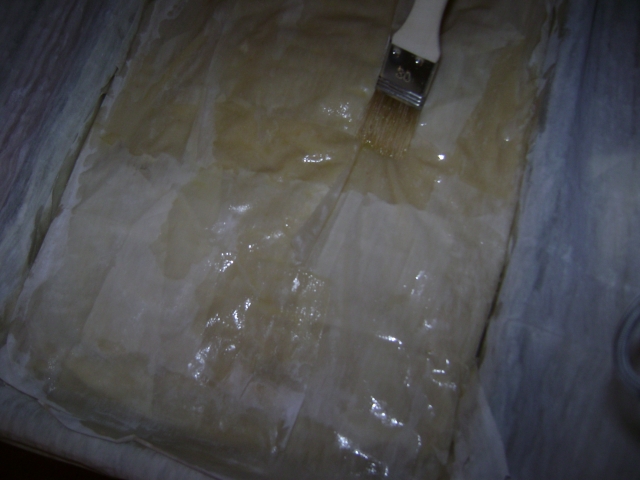Petya Zagorcheva
After the delicious Greek moussaka, which I hope you have tried, I am going to present to you today the recipe for one of my favourite Greek desserts.
It is called Γαλακτομπούρεκο (galaktoboureko) and it is a "creamy custard pie." I am sure that if you prepare it once, galaktoboureko will become one of your favourite desserts because it is very easy to make and because it is extremely tasty.
It is a sweet pie with syrup. Probably, the majority of you know that there is a simple rule for making a syrup-soaked pie, namely that you should drench a cold pie with warm syrup or a warm pie with cold syrup. We follow the second scenario when making galaktoboureko, which means that we have to start with the syrup as it should be cold when we drench the baked pie with it.
Ingredients:
1 package of phyllo pastry sheets
250 g butter
For the cream: 1 l fresh milk, 2 cups sugar, 1 cup flour (semolina), 4 egg yolks, 1-2 tbsp vanilla extract, cinnamon
For the syrup: 1.5 cups water, 1 cup sugar
So, we begin with the syrup! Prepare it by adding a cup of sugar to a cup and a half of water and stir until the sugar has dissolved. Allow the mixture to boil over low heat for approximately 15 minutes and then, set the syrup aside to cool and start making the cream.

In Greece, the cream is usually made with semolina and it becomes much thicker. However, I make it with flour. In fact, I make my favourite traditional custard cream that can find a variety of applications (for example, I make éclairs and biscuit cakes with it).
The cream is prepared by heating a litre of fresh milk in a saucepan and adding 2 cups of sugar and some vanilla extract. I also add a little cinnamon because I love its scent or a little grated orange peel.

Beat 4 egg yolks in a separate vessel, add 1 cup of flour (semolina) and stir until the mixture becomes homogeneous. I always add a little milk (warm is better) for this purpose. Add the mixture to the milk on the heat, stirring constantly (ideally with a wooden spoon) until the cream thickens. When the mixture has thickened and the cream is ready, remove the saucepan from the heat and set aside to cool.

Now, it is the phyllo pastry sheets’ turn. First, using a pastry brush, brush with some melted butter the baking tray in which you will bake the pie. Then, layer the pastry sheets. Put 1-2 sheets underneath but do not forget to lay the next sheets so that part of them remains outside the tray in order for you to "wrap up" the pie with these parts.
Using the pastry brush, brush each pastry sheet with melted butter. After you have layered a dozen of sheets, add the cream and spread it evenly.


Fold the parts of the pastry sheets that have remained outside the tray in over the custard layer and brush with butter again.

The pie is ready for baking, which takes about 40-50 minutes in a preheated oven (160 degrees).

When the pie is ready, cut it into pieces while it is still warm and then pour over the cold syrup. Allow it to "rest" for about half an hour and then, pour over more syrup if left. Finally, put the dessert in the fridge for a few hours to harden and you are ready to surprise your loved ones!
Needless to say that galaktoboureko goes well with a cup of coffee (καφεδάκι) in the morning or in the afternoon.
Enjoy!

Tasty tricks:
- While you are making the cream, add a little warm milk with some flour to the beaten egg yolks to obtain a homogeneous mixture. You will thus avoid lumps in the cream when you add the mixture to the milk.
- While you are making the cream, add a little cinnamon and / or a little grated orange peel.
- Grated orange (or lemon) peel can be added to the syrup for the pie. It gives a very nice flavour.
- If you want to make the cream thick in order for it to harden faster, you can use semolina instead of flour. Usually, pastry chains in Greece make galaktoboureko with semolina.
- If you want to make a sweeter dessert, add 3 cups of sugar in the syrup. Usually, they do so in Greece. I think, however, that it is too sweet and I have reduced the quantity.
A joint initiative of GRReporter and Aristea Centre for Greek Language and Culture